In the circuit shown in the figure, if both the bulbs B1andB2 are identical
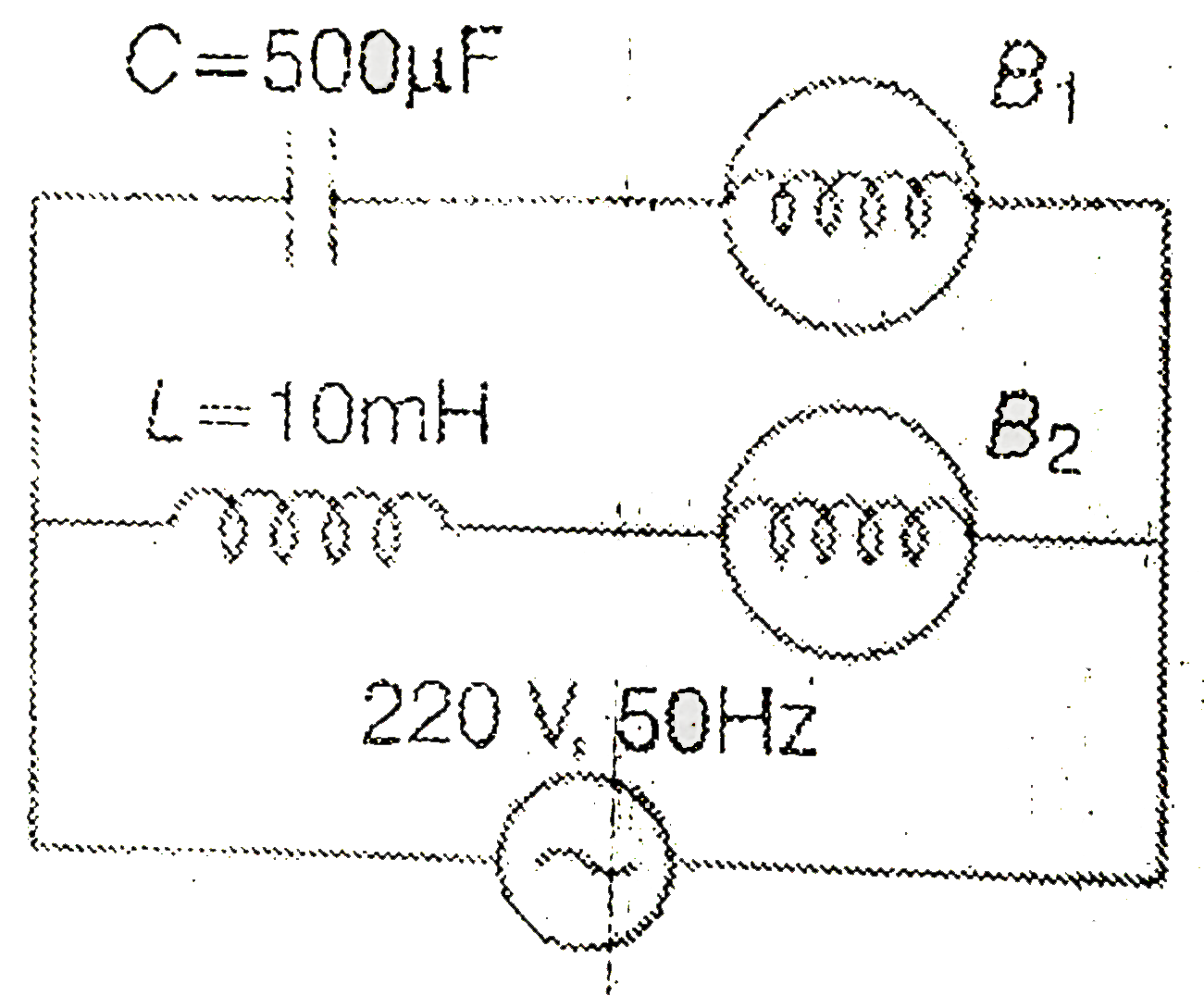
(A) their brightness will be the same
(B) (B2) will be brighter than (B1)
(C) (B1) will be brighter than (B2)
(D) only (B2) will glow because the capacitor has infinite impedance
The correct Answer is:B
(XC)=12πfC=1062π50×500=2011Ω
(XL)=2πfL=2π×50×10×10−3=πΩ
Since (XL)<(XC), so inductive brach has less impeedance, and so more current. Hence (B2) will be brighter.
Topper's Solved these Questions
- ALTERNATING CURRENTBOOK - CENGAGE PHYSICS ENGLISHCHAPTER - ALTERNATING CURRENTEXERCISE - Exercises Multiple Correct
5 Videos
- ALTERNATING CURRENTBOOK - CENGAGE PHYSICS ENGLISHCHAPTER - ALTERNATING CURRENTEXERCISE - Exercises Assertion-reasoning
7 Videos
- ALTERNATING CURRENTBOOK - CENGAGE PHYSICS ENGLISHCHAPTER - ALTERNATING CURRENTEXERCISE - Exercises Subjective
15 Videos
- ATOMIC PHYSICSBOOK - CENGAGE PHYSICS ENGLISHCHAPTER - ATOMIC PHYSICSEXERCISE - ddp.4.3
15 Videos
Similar Questions
In the circuit shown in figure
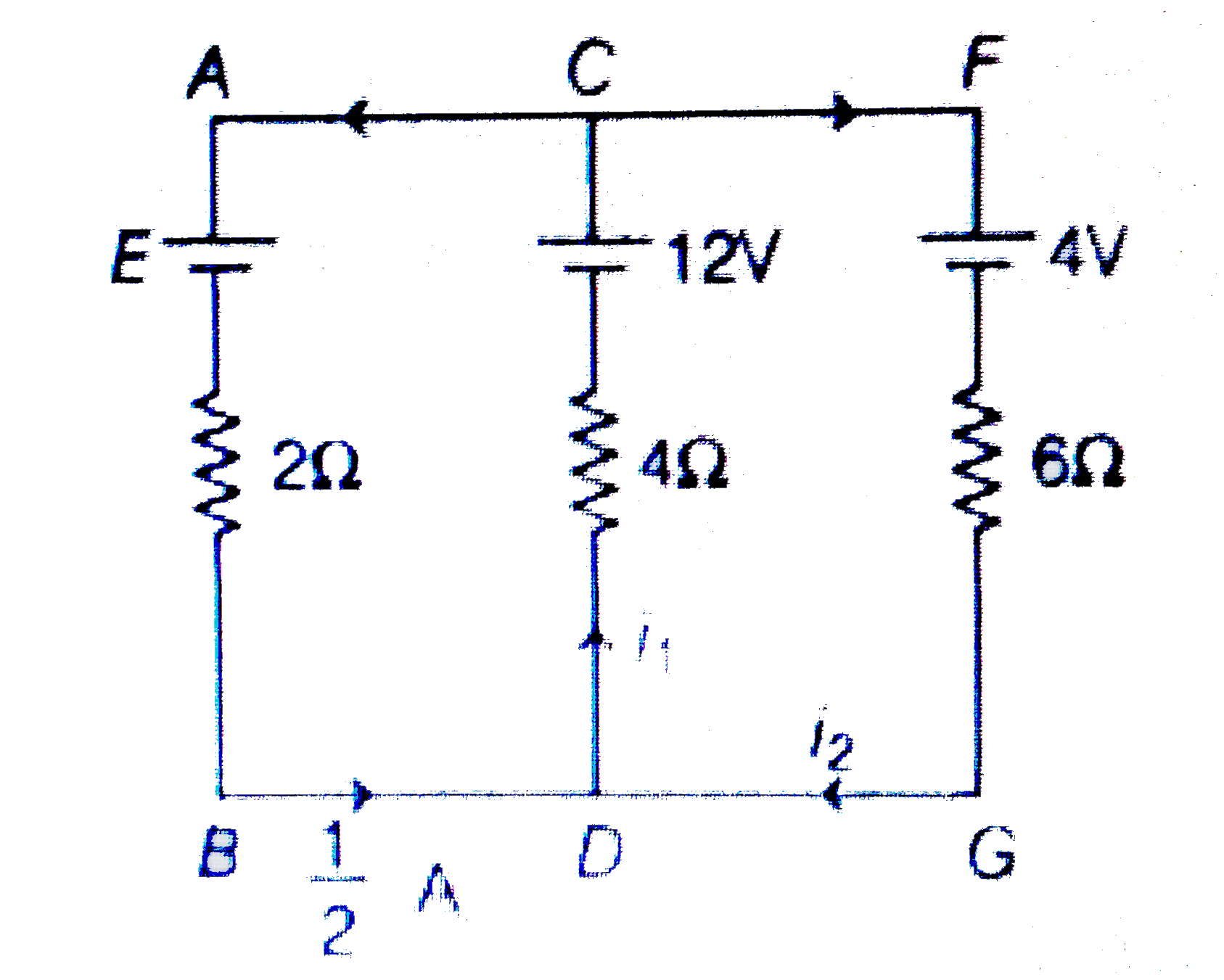
View SolutionIn the circuit shown in figure
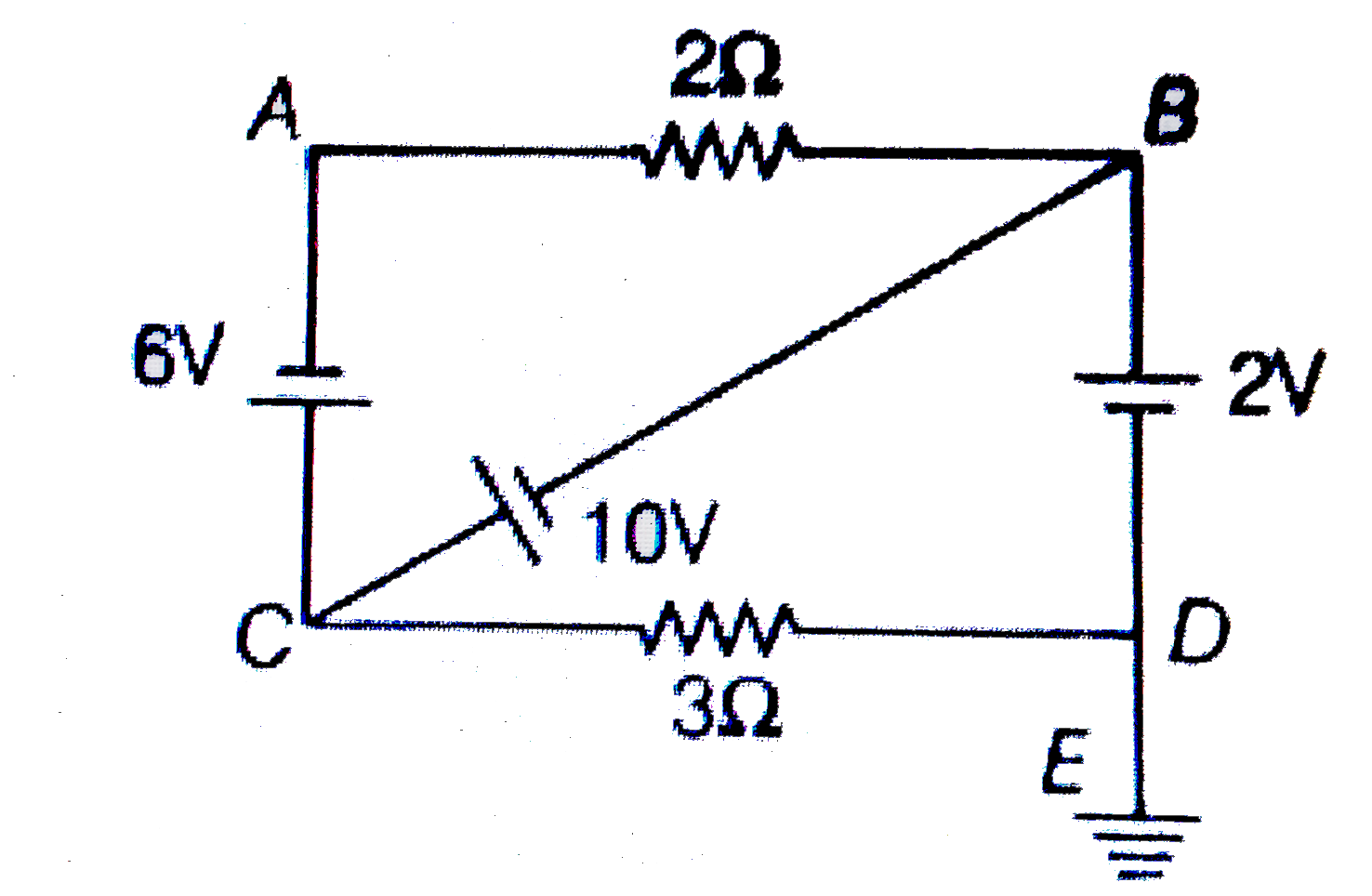
View SolutionFor the circuit shown in figure
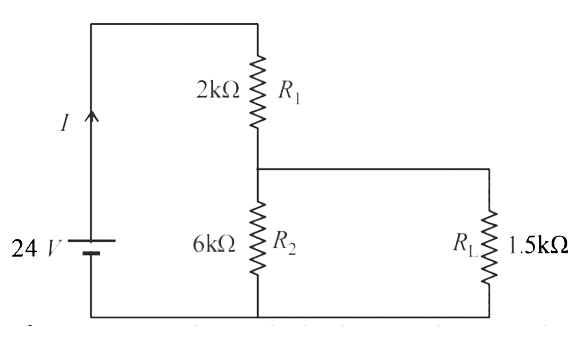
View SolutionIn the circuit shown in figure,
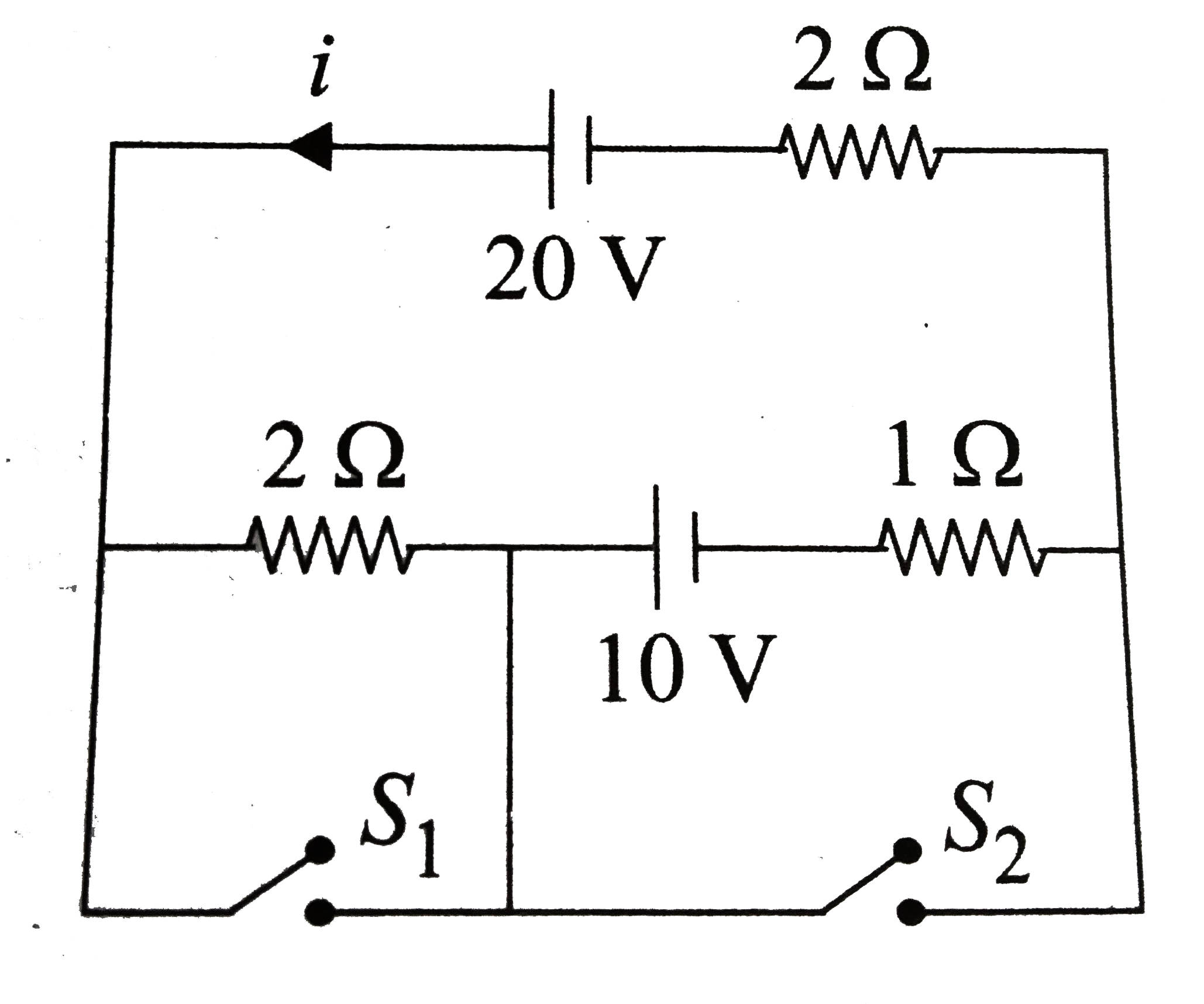
View SolutionImpendance of the circuit shown in the figure is

View SolutionIn the circuit shown in figure current in the circuit is
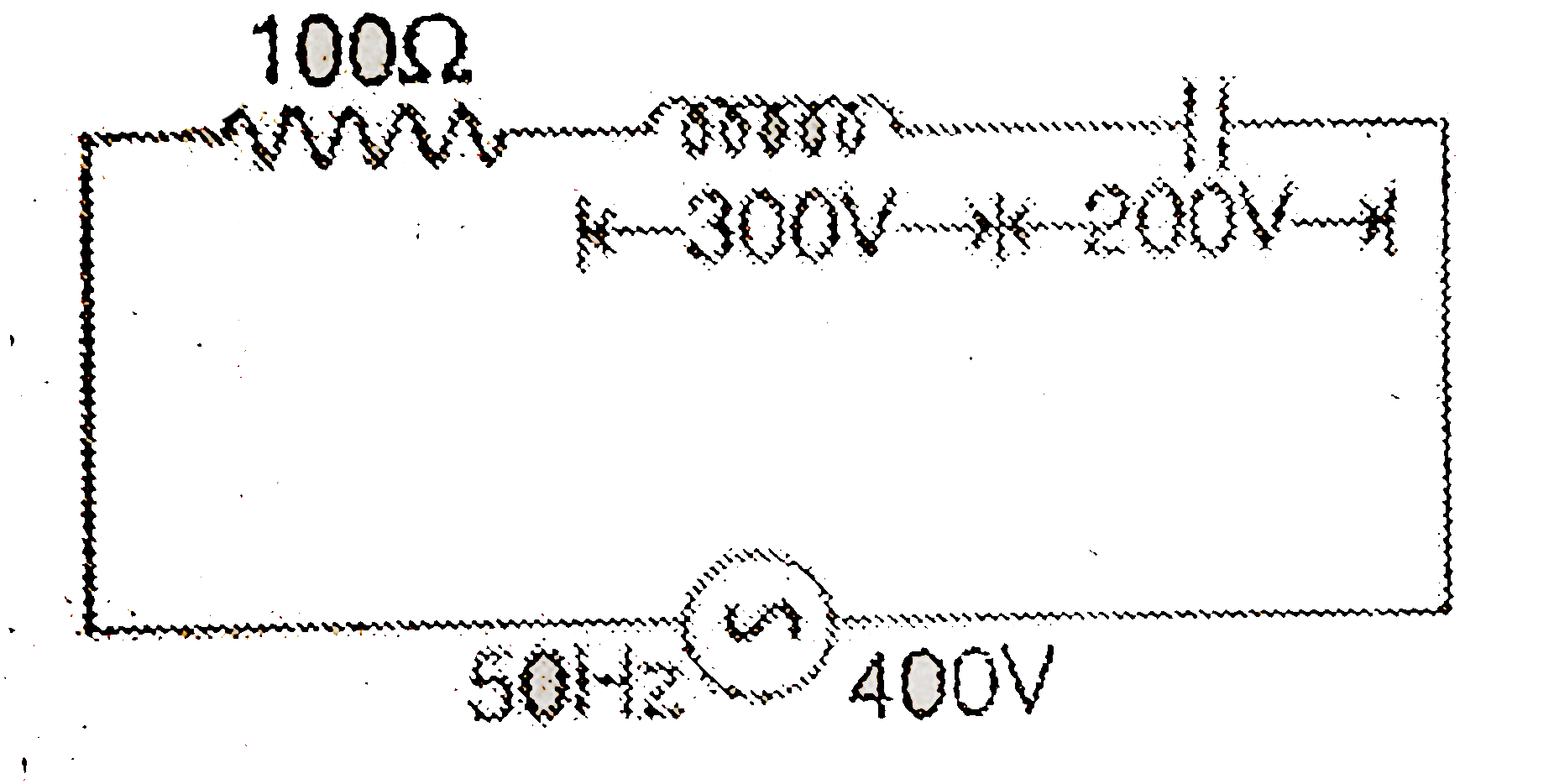
View SolutionIn the circuit shown in figure ,find the ratio of currents i1/i2.
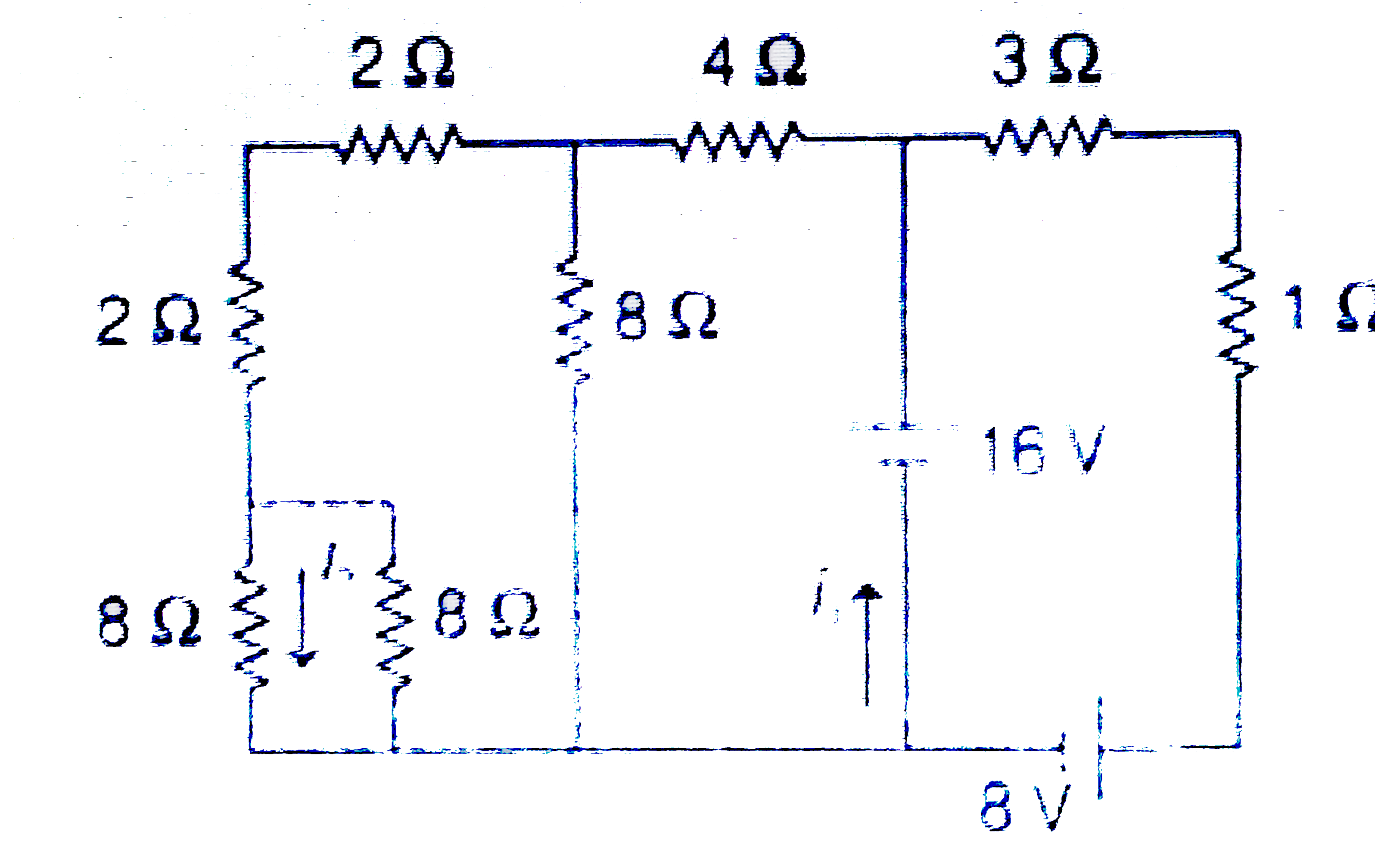
View SolutionIn the circuit shown in figure, the current / in circuit is
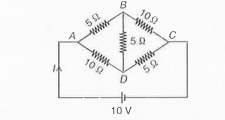
View SolutionIn the circuit shown in figure find the potentials of A,B,C and D and the current through 1Ω and 2Ω resistance.
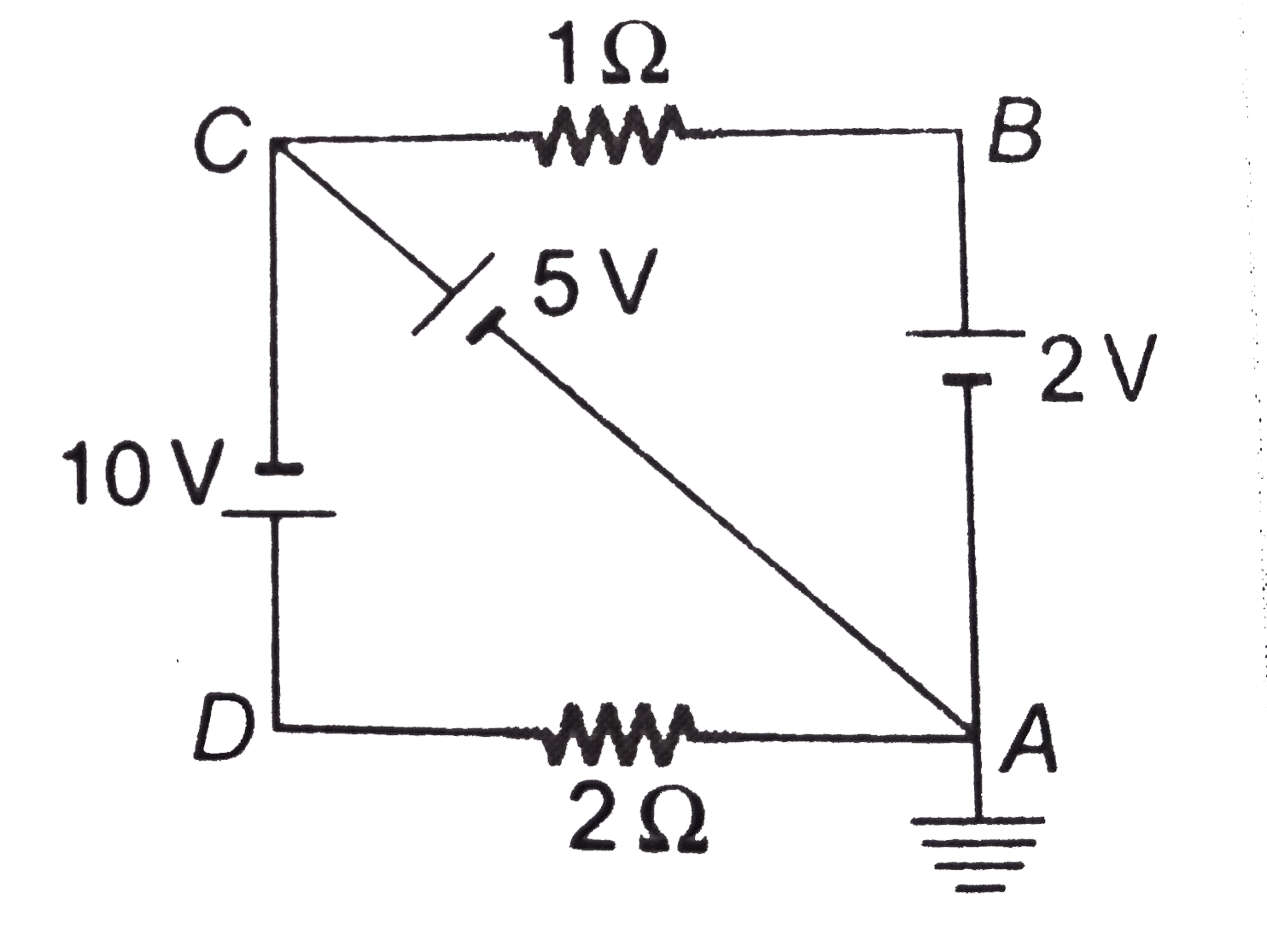
View SolutionIn the circuit shown in the figure, if potentail at point A is taken to be zero, the potential at point B is

View Solution
